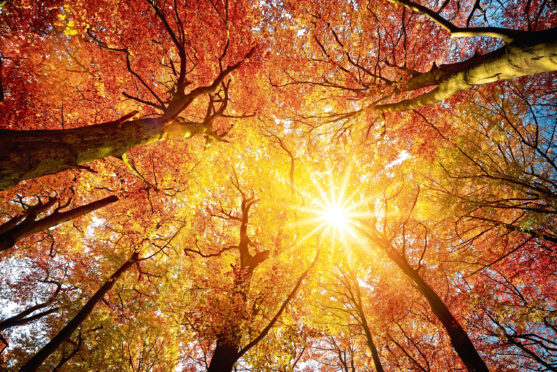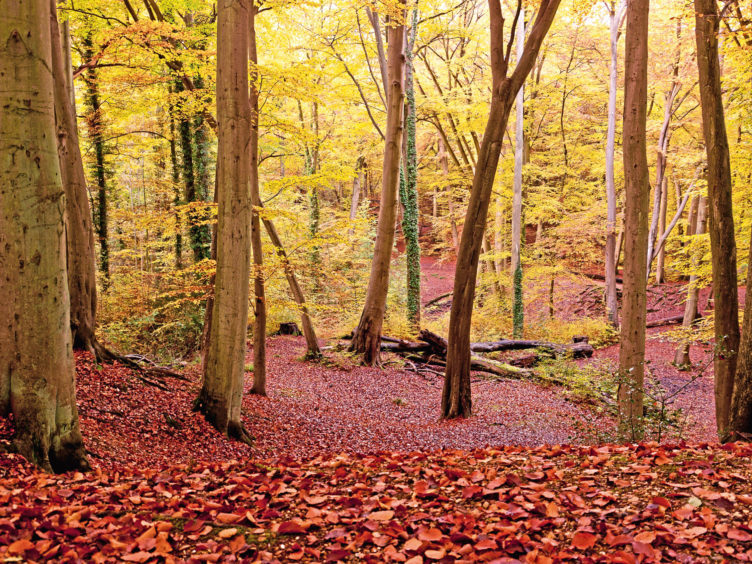Down by the river there is a fallen beech tree of such massive girth that it must have made a most striking impression upon the landscape before it tumbled to the ground a couple of decades or so ago.
A mere shadow of its former self, this tree lies by the riverbank like a brooding hulk, its remnant skeletal branches pointing heavenwards as if in a plea for salvation. I adore this tree and visit it often because its death has brought fortune to others in the natural world, and as I run my hands over its decaying trunk I can almost feel the pulse of life within.
I look closer and can see numerous tiny holes in the smooth bark made by boring insects and other invertebrates, a place to feed, seek shelter and to lay eggs. A place too for woodpeckers to probe and inspect with eager anticipation.
But for me it is the fungi that are the biggest draw, and each time I examine this fallen Goliath, there is something new glistening upon its surface, ranging from the tiny orange specks of coral spot fungus to much larger oyster mushrooms that cling in tiers to the crumbling bark. It is an island of life, a nature reserve in its own right.
I find this life after death somehow reassuring, a tonic which makes me respect beeches all the more, for they are undoubtedly one of our most impressive trees, and no more so than in the coming weeks when their autumnal leaves will turn a delicious burnished copper, almost as if toasted over a fire.
Gilbert White, the pioneering 18th century nature diarist, described the beech as ‘the most lovely of all forest trees, whether we consider its smooth rind or bark, its glossy foliage, or graceful pendulous boughs”. How right he was, for a fully mature beech is both elegant and imposing at the same time.
Beeches can live for several hundred years, and an old beech tree is like delving into a personal history; with the broken branches and deep splits and hollows highlighting the numerous storms survived over several human lifetimes.
The famous tall beech hedge at Meikleour near Blairgowrie is testimony to such longevity, having been planted in 1745 at the time of the Jacobite rebellion. If trees could talk, what stories they would tell.
Although my Strathdevon beech is a lone sentinel, beech woodlands, of which there are many in Courier Country, have a unique aura in their own right and are such special places to visit; bright and breezy in winter and early spring, but dark and mysterious once the canopy comes into full leaf.
And as the autumn leaves turn and flutter to the ground, beech nuts too will scatter upon the forest floor to be gorged upon by jays, squirrels and wood mice. The beech really is a true giver of life.
Info
Beech is a good material for making furniture as it bends well and can be turned easily, its light brown colour enabling the wood to be polished to a beautiful natural finish.











